A Distracted Stroll Through the Garden
Botanical mysteries, surprise harvests and other garden findings
Plants may not be able to run but they certainly know how to move around the garden. I was picking blueberries in our side yard when I noticed a two-foot-tall tomato plant. We grow tomatoes in our raised beds a few dozen feet away and yet, here it was, just starting to form its yellow blooms.
Perhaps a bird or squirrel ate one of our tomatoes last season and deposited a seed here? Or maybe I dropped a tomato here? Could one of Pittsburgh’s windy storms have sent a seed here?
Walking through the garden this time of year is full of little mysteries, surprise harvests and stops for weeding. I thought I’d let you tag along as I wander through the yard.
It’s spotted lanternfly season again and these insects seem to love my little fig tree. They’re also attracted to the cutleaf coneflower and the native grapevines. I can’t decide whether there are more or less of the bugs than last year.
I’ve been thinking a lot about American burnweed (Erechtites hieraciifolius) this summer. The plant got its name because its one of the first to return after a fire. I don’t think this corner has seen a fire in the last century but this weed is obviously happy in our yard. I pull it out whenever I see it – and it’ll seem like they’re all gone – but then the next day I’ll find one that’s three feet tall. I found three of them this morning. I don’t understand it. Is it growing a foot a day? I couldn’t find any information about it’s rate of growth but this NC State website says it, “grows very quickly up to 8 to 10 feet tall.” I haven’t seen one that tall yet.
And while we’re on the subject of things that magically appear, have you noticed how quick the transition is from no zucchinis (courgettes, for those abroad) to too many zucchinis? I was checking the zucchini plant for weeks and there was nothing to report and now, suddenly, there’s another arm's-length zucchini every day.
So far I’ve made two loaves of zucchini bread and I’ll be making zucchini feta pancakes tonight. And then one day I’ll go out and the season will be over.
I fell in love with zinnias last summer and this year I devoted the two smallest beds in my veggie garden to them. I also tried some new varieties this season and I just got the first bloom from the one I was most excited about: Takii’s Choice.
I’m so delighted by this one!
I notice these conjoined twin cucumbers growing in our raised veggie beds. I can’t remember which variety of cucumber this is so I’m not sure if I should harvest it. Do you know?
I spot a striped insect on a leaf of skullcap (Scutellaria incana) and take a closer look. At first it appeared to be a tiny wasp but my Seek app identified it as an Eastern calligrapher, a kind of hover fly. According to the hover fly wikipedia page, they often look similar to bees and wasps, which may scare off potential predators.
I’ve noticed this weed in previous years but this year I finally identified it as three-seed mercury (Acalypha virginica var. rhomboidea). But here’s the mysterious part: I’ve never seen one that doesn’t have all its leaves partially eaten. Is it a host to a rare moth? Are baby possums taking bites out of it at night? I searched online and found this paragraph at bplant.org:
The leaves usually show evidence of insect damage, although we have so far been unable to find information on which insects eat this species; it may be eaten by flea beetles, which have been recorded feeding on A. virginica. It is probably also eaten by several generalist moth species. The southern armyworm (Spodoptera eridania) may feed on this plant. The fall armyworm (Spodoptera frugiperda) has been recorded eating unspecified Acalypha species within this species range, and likely eats this species, but it is probably not a key host. The salt marsh moth (Estigmene acrea) has also been reported on this plant.
I’ll keep an eye out for flea beetles and armyworms and keep you posted.
I’ve been trying to get outside around sunset for 10 minutes every night to watch the fireflies and I’ve noticed that the echinacea turns neon in that lighting. It’s wild. I tried to capture it on my phone:
How have I never noticed this before? Are these echinaceas more vibrant for some reason? I’ve been gardening this corner lot for just over five years and every one of these garden strolls is still full of surprises.
What’s been surprising you in your garden?
And one more thing: I loved this story from Maine Public Radio about what may be the oldest apple tree in North America. You can check it out here.


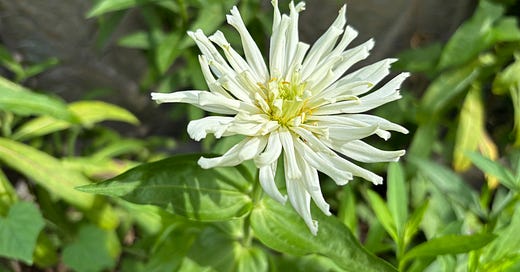




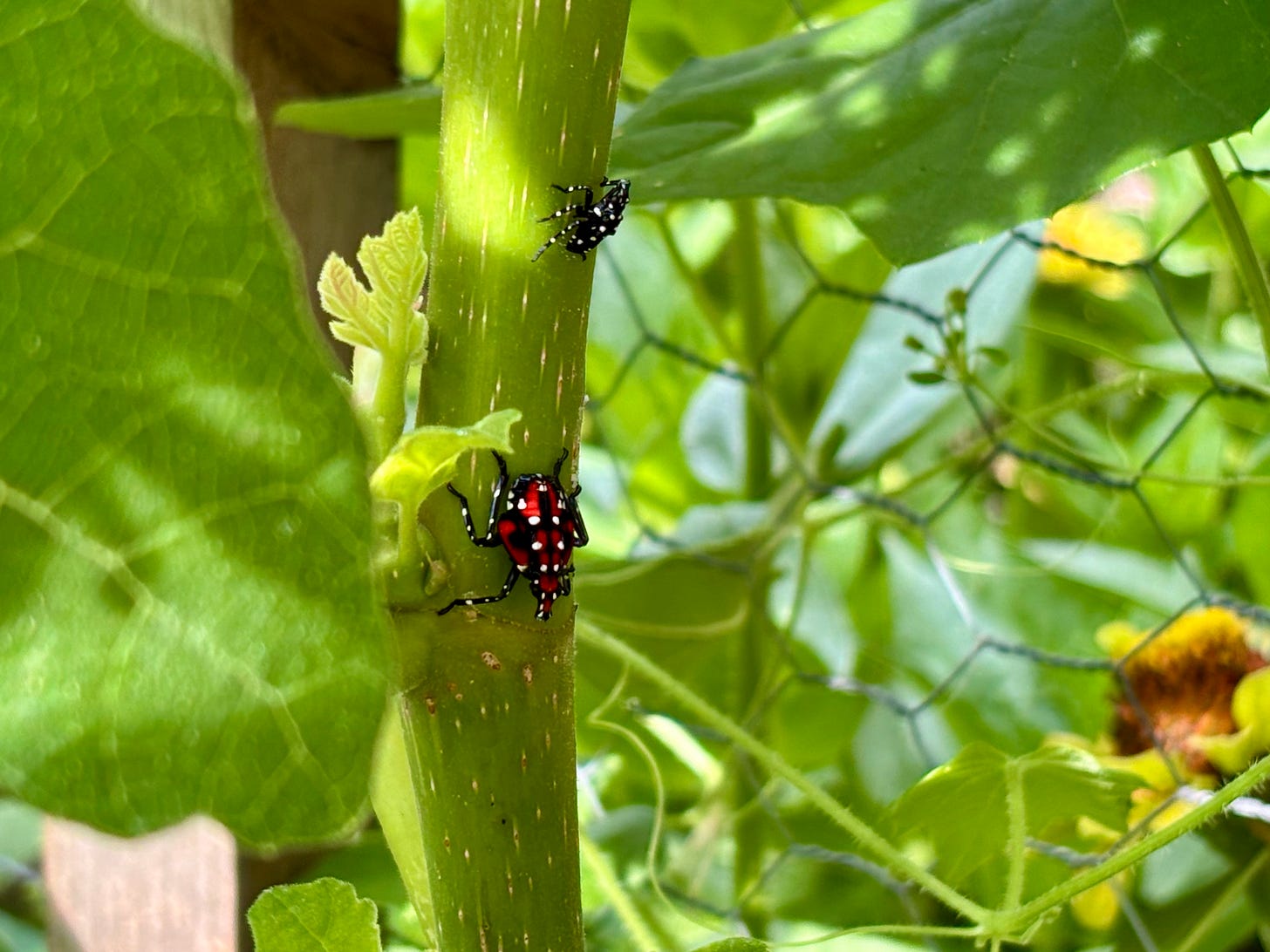
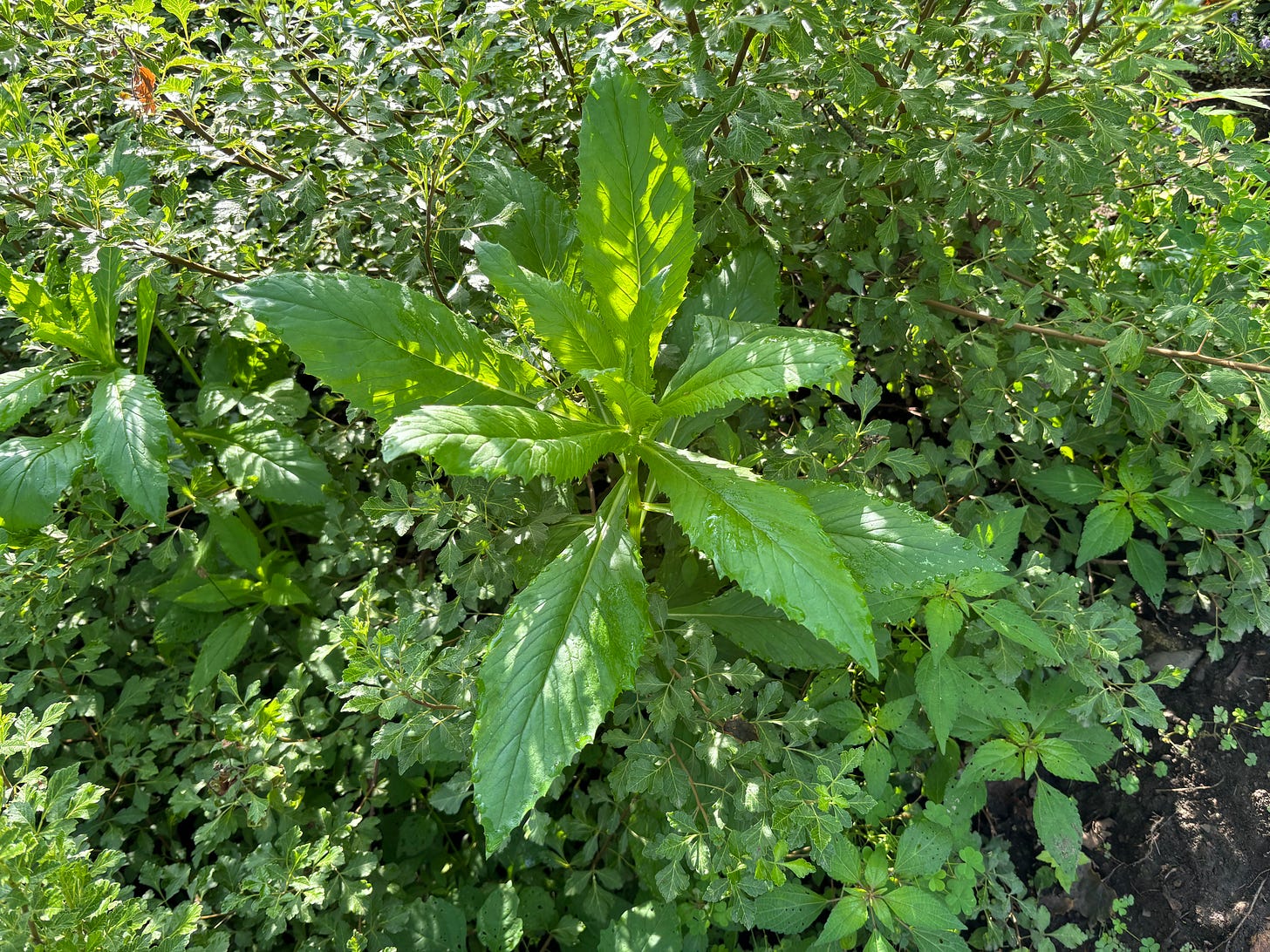
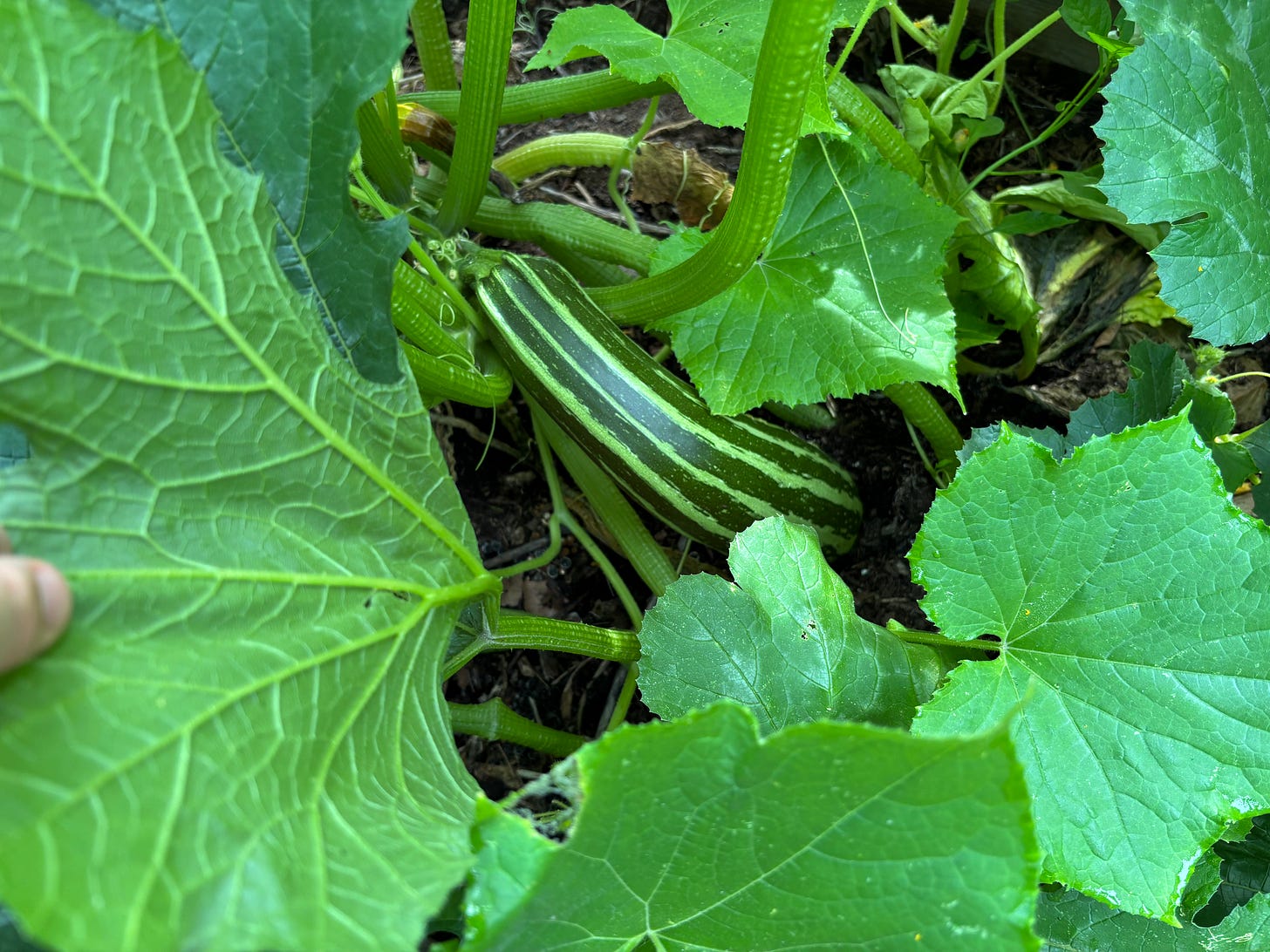

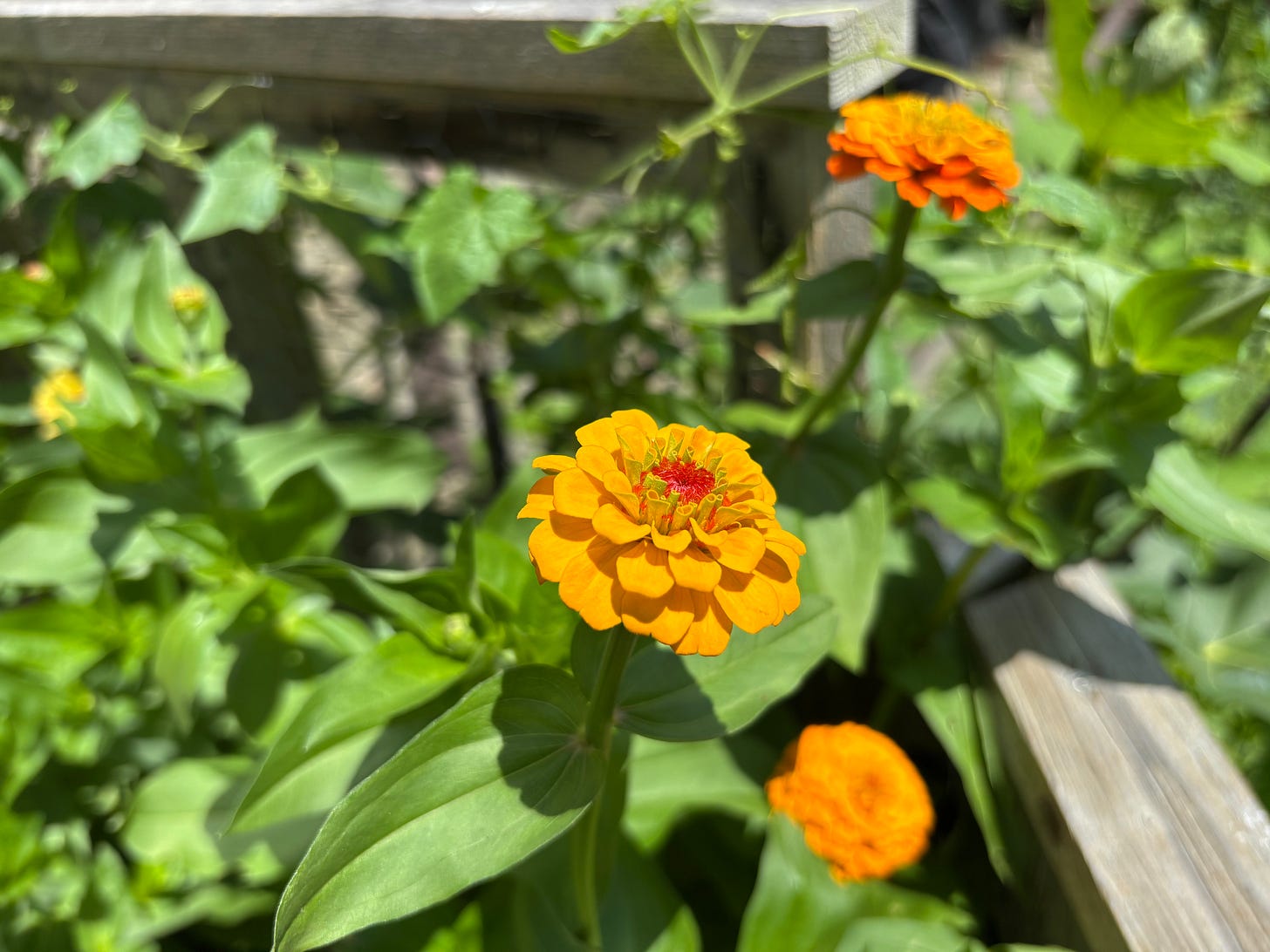

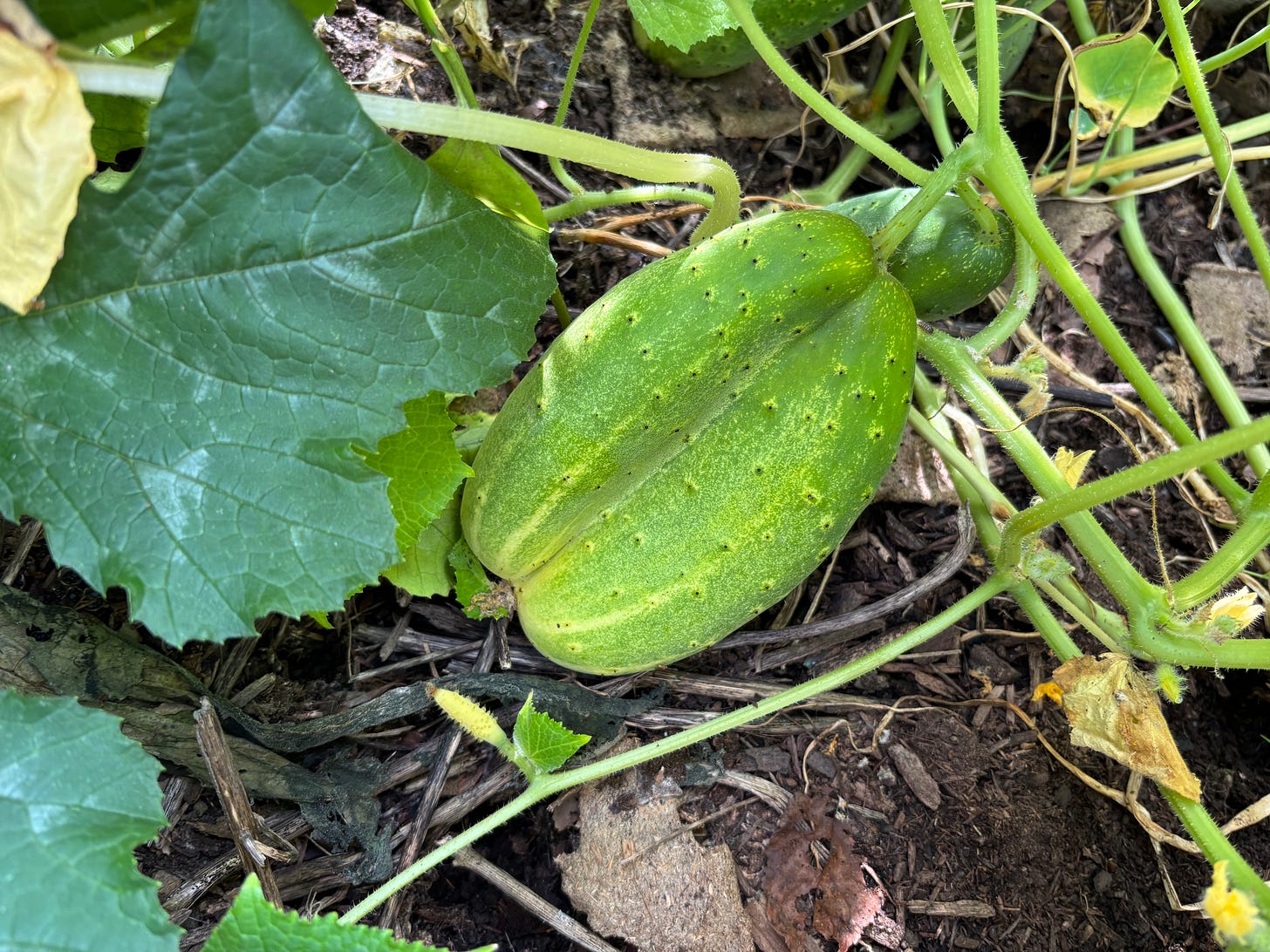

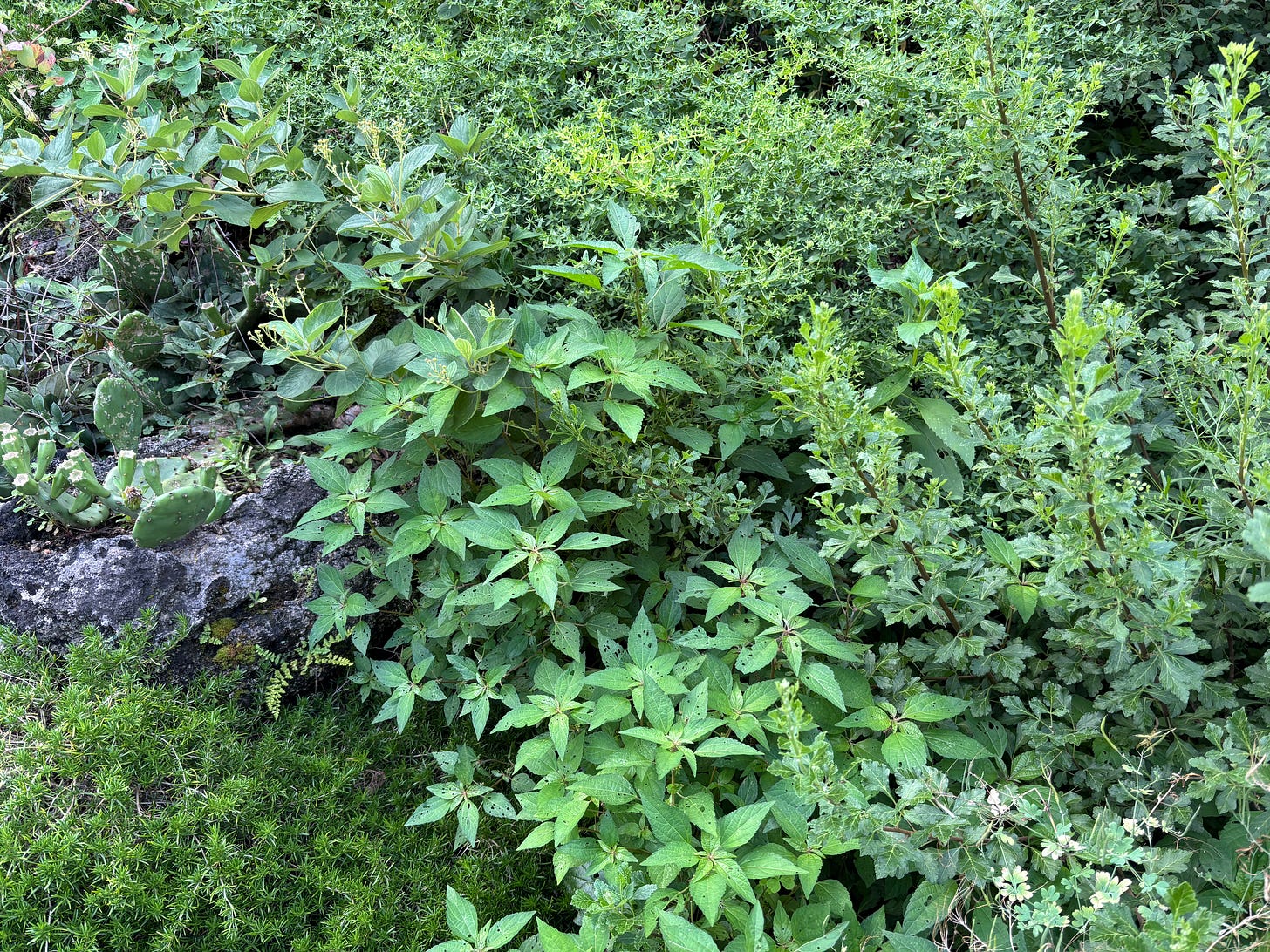
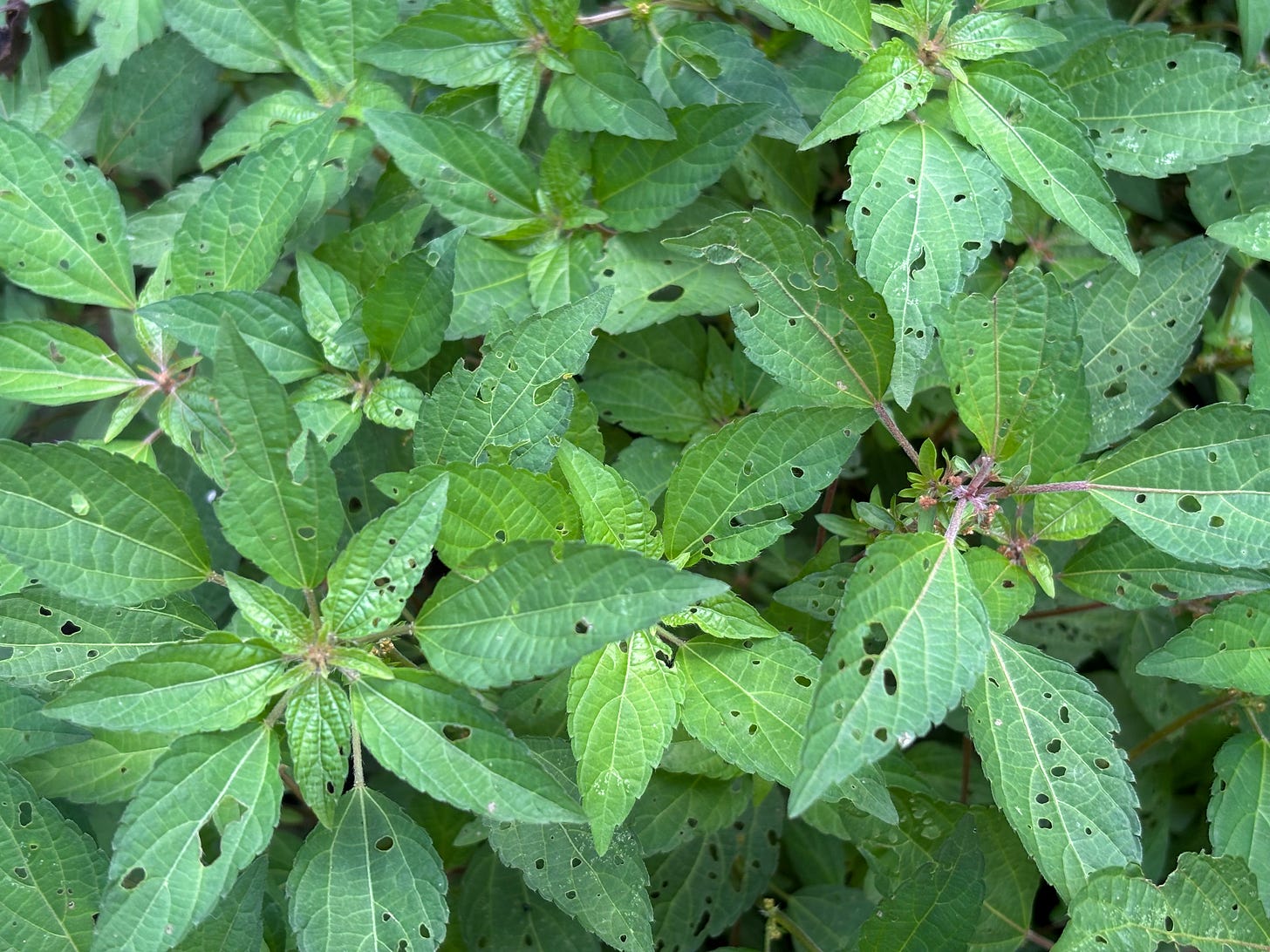

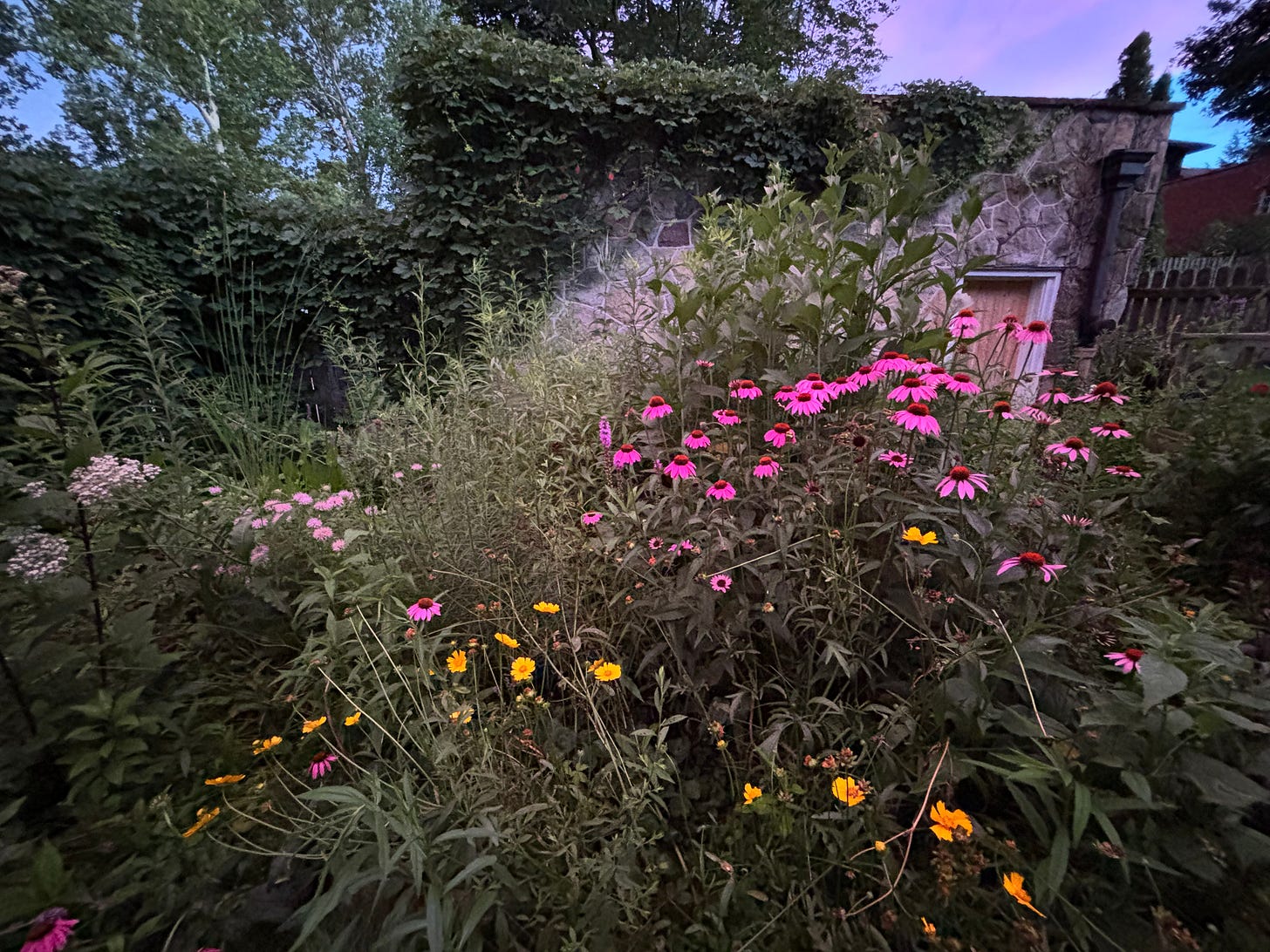
Pokeweed. Enuff said
Holy smokes- those coneflowers are incredibly beautiful! Just awe-inspiring